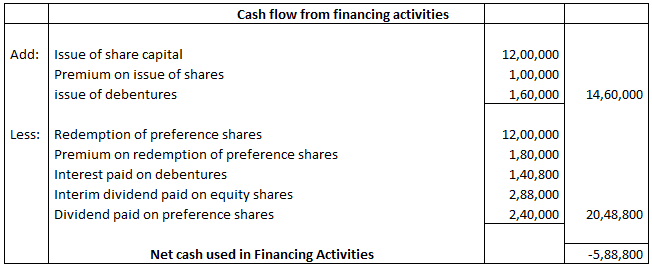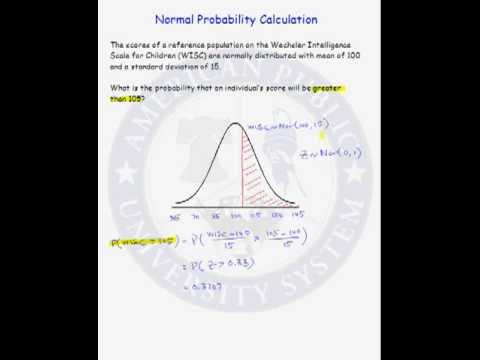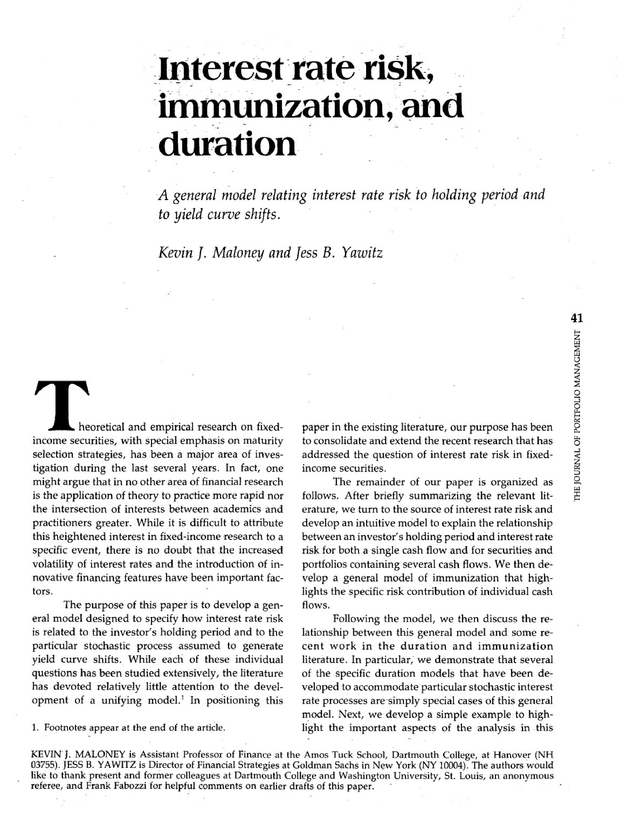Contents:
- Examples of Mark to Market
- An elusive panacea? The impact of the regulatory valuation regime on insurers’ investment behaviour
- Mark to Market Considerations in Banking Asset and Liability Valuation and Bank Accounting
- The Leadership Project with Robert M. Bennin: 10 critical questions for your Q1 business…
- Traders


This provides an explanation of why banks and insurance companies have been so vocal against the move to mark-to-market accounting. In the current paper an additional reason for banks and insurance companies to be disturbed by mark-to-market accounting is provided. Using market values can induce contagion where accounting values based on historic costs would not. To cut through this complex debate and implement these needed reforms, politicians and business executives must recognize that there is no single best way to value the assets of financial institutions.
Because the practice allows for no outdated or wishful-thinking valuations, it is a key component of what is known as fair value accounting. And it is at the center of the hottest accounting debate in decades. Consider a situation wherein a farmer takes a short position in 10 rice futures contracts. It is done in order to hedge against the trend of falling commodity prices in the current markets. On September 30, 2008, the SEC and the FASB issued a joint clarification regarding the implementation of fair value accounting in cases where a market is disorderly or inactive.
Examples of Mark to Market
The reason for marking these securities to the market value gives an accurate picture, and the value is more relevant than the historical value. Financial securities are generally volatile, and the market value is the only real value of these securities, mainly if these assets are classified as available for sale or trading. Unrealized GainsUnrealized Gains or Losses refer to the increase or decrease respectively in the paper value of the company’s different assets, even when these assets are not yet sold. Once the assets are sold, the company realizes the gains or losses resulting from such disposal.
- In the third quarter of 2008, Deutsche Bank avoided more than €800 million in losses from write-downs in its bond and marketable loan portfolios by shifting assets to a more favorable category.
- That paper emphasized the flexibility of standard 157 and made companies aware that they could reclassify trading assets from Level 2 to Level 3 as markets became more illiquid.
- In other words, the real estate will appear on the balance sheet at a higher amount, showing its true market value.
Then, using an estimate of the percentage of customers expected to take the discount, the company would record a debit to sales discount, a contra revenue account, and a credit to “allowance for sales discount,” a contra asset account. Mark-to-market accounting can help banks and lending institutions determine the fair market of collectible collateral. In some instances, banks and other lenders will have to decide whether to extend the credit to those who aren’t able to pay them back. By knowing the actual market value, banks and lenders can make more informed decisions on whether it makes sense to extend a loan and by how much. Ordinary income and loss.If you make the mark-to-market election, your trading gains and losses are converted to ordinary income and loss.
An elusive panacea? The impact of the regulatory valuation regime on insurers’ investment behaviour
Depreciation expense ($9,000) is recorded to allocate part of a previously acquired asset’s original cost to the current period. In the securities market, fair value accounting is used to represent the current market value of the security rather than its book value. It is done by recording the prices and trades in an account or portfolio.
- For instance, if a retail chain asks for a $1 million loan to establish a new location, looking at the historical value of its assets might be a dangerous route.
- Although the bank does not sell the bond, the left side of its balance sheet will show a $100,000 decrease in assets, and the right side will show a corresponding $100,000 decrease in equity .
- On December 30, 2008, the SEC issued its report under Sec. 133 and decided not to suspend mark-to-market accounting.
- When reporting on Schedule D, both the limitations on capital losses and the wash sales rules continue to apply.
Accordingly, the percentage of public accounting for which marking to market affected the bank’s regulatory capital or income was just 22% in 2008—far from a majority. In recent years there has been a considerable debate on the advantages and disadvantages of moving towards a full mark-to-market accounting system for financial institutions such as banks and insurance companies. This debate has been triggered by the move of the International Accounting Standards Board and the US Financial Accounting Standards Board to make changes in this direction as part of an attempt to globalize accounting standards . Proponents of mark-to-market accounting argue that this accounting method reflects the true value of the balance sheets of financial institutions.
Mark to Market Considerations in Banking Asset and Liability Valuation and Bank Accounting
In some cases banks will structure their portfolios and deposit contracts to remain solvent so that contagion is avoided. To better understand the role of different accounting methods during crises, we present a model with a banking sector and an insurance sector based on Allen and Gale and Allen and Carletti . Banks obtain funds from depositors who can be early or late consumers in the usual way.

Accounting Journal EntriesAccounting Entry is a summary of all the business transactions in the accounting books, including the debit & credit entry. It has 3 major types, i.e., Transaction Entry, Adjusting Entry, & Closing Entry. Once or twice a year you should meet with your financial advisor to rebalance your holdings. That’s necessary to maintain the benefits of a diversified portfolio. An adviser can help you determine the correct allocation based on your personal financial goals. When oil prices dropped in 1986, the property held by Texas savings and loans also fell.
Your basis for the stock is adjusted to https://1investing.in/ the gain or loss you report, so that you don’t report the same gain or loss again when you actually sell the stock. Once a trade has been made, traders have to calculate profits and losses on a regular basis. Commonly, this is done daily by comparing recent transaction prices to the previous day’s price. For some financial instruments, finding the current price is as simple as checking the last traded price from an exchange feed. For other investments, finding the current value requires complex modeling. FASB recently approved its new accounting standard,Recognition and Measurement of Financial Assets and Liabilities (Subtopic ).
In accounting, marked to market refers to recording the value of an asset on the balance sheet at its current market value instead of its historical cost. While the objections are far-ranging, most have to do with feasibility and possible adverse effects on the banking industry. The principle objection to FAS 115 is that it ignores liabilities. Under partial MVA, measured capital is likely to be volatile as the value of assets fluctuates while the value of liabilities stays constant.
The Leadership Project with Robert M. Bennin: 10 critical questions for your Q1 business…
This in turn should allow investors and policy makers to better assess their risk profile and undertake more timely market discipline and corrective actions. In contrast, opponents claim that mark-to-market accounting leads to excessive and artificial volatility. As a consequence, the value of the balance sheets of financial institutions would be driven by short-term fluctuations of the market that do not reflect the value of the fundamentals and the value at maturity of assets and liabilities.

Over 448 cases for plaintiffs & defendants nationwide, 107 testimonies, 12 courthouse settlements, all areas of banking and finance. Listed in the databases of recommended expert witnesses of both DRI and AAJ. ☆We are grateful for very helpful comments and suggestions to Mary Barth, Alessio De Vincenzo, Darryll Hendricks, James O’Brien, S.P. Kothari , and particularly to our referee and discussant at the 2006 JAE conference, Haresh Sapra. Look up the meaning of hundreds of trading terms in our comprehensive glossary. If you’re a trader, you may choose whether or not to make the mark-to-market election. You don’t automatically get mark-to-market treatment when you file as a trader.
Traders
Mark to market is an alternative to historical cost accounting, which maintains an asset’s value at the original purchase cost. Bookkeepers first used the mark-to-market accounting treatment in the 1800s. The practice has been blamed for fueling the Great Depression, bank collapses, and other recessions, which prompted President Franklin Roosevelt to suspend it in 1938. After the suspension of mark-to-market accounting, the method gained popularity again, often in the form of creative accounting, in the 1980s.
However, if they are available for sale or held for sale, they are required to be recorded at fair value or the lower of cost or fair value, respectively. These new standards fall under the general category of market value accounting . MVA, also known as fair value accounting or marking to market, requires that an asset or liability be valued according to its market price, that is, the current price at which it could be sold. The call for MVA has gained momentum in recent years, in part because of the savings and loan (S&L) crisis, during which traditional bank accounting methods failed to reveal the huge unrealized losses imbedded in S&Ls’ mortgage portfolios.
(The cost of operating a nuclear power plant is very low and hasn’t changed much in the past 20+ years.) Now, fast-forward to 2013. Prices for electricity in the New England market have hit decade-long lows because of cheap natural gas and decreased electricity demand, with no higher prices in sight. The Vermont Yankee power plant faced a difficult political battle to have its operating license renewed. Because its profit margins were being shaved and the costs of continued operation seemed to be rising, Entergy decided to shut down the plant in 2014. So, the value of the plant, which had been sky-high just a few years earlier, had declined rapidly.
The trader who holds the long position in the futures contract is usually bullish, while the trader shorting the contract is considered bearish. For c-stores that have been in business a few years, market value is usually higher than the book value of the real estate. Marsh had the option of reporting its assets at book value or market value. When appraisals were made, their real estate holdings were shown to be worth $100 million to $150 million more than the reported book value. As a result, the trading price of Marsh Class A shares more than doubled in a single day. Mark to market is sometimes called fair value accounting or market value accounting.
SVB Reignites ‘Third-Rail’ Accounting Debate Over Fair Value (1) – Bloomberg Tax
SVB Reignites ‘Third-Rail’ Accounting Debate Over Fair Value ( .
Posted: Tue, 14 Mar 2023 07:00:00 GMT [source]
In contrast, historical cost accounting, based on the past transactions, is simpler, more stable, and easier to perform, but does not represent current market value. Mark-to-market accounting can become volatile if market prices fluctuate greatly or change unpredictably. Traders who focus on futures and future options should be aware of the 1256 tax treatment in mark-to-market accounting. Namely, the Section 1256 contract is an investment defined by the Internal Revenue Code as a regulated futures contract, foreign currency contract, non-equity option, dealer, dealer securities futures contract, or equity option. These contracts must be marked to market if kept until the end of the tax year. They are treated as if they were sold for a price that aligns with the fair market value.

It last became a “thing” after the 2008 housing crisis and great recession. If an asset is purchased, the cost paid to acquire the asset, along with all related costs for bringing the asset to its location in the required state, can also be added to the purchase cost. This cost is then depreciated year on year, and the net value is reflected in the company’s balance sheet.